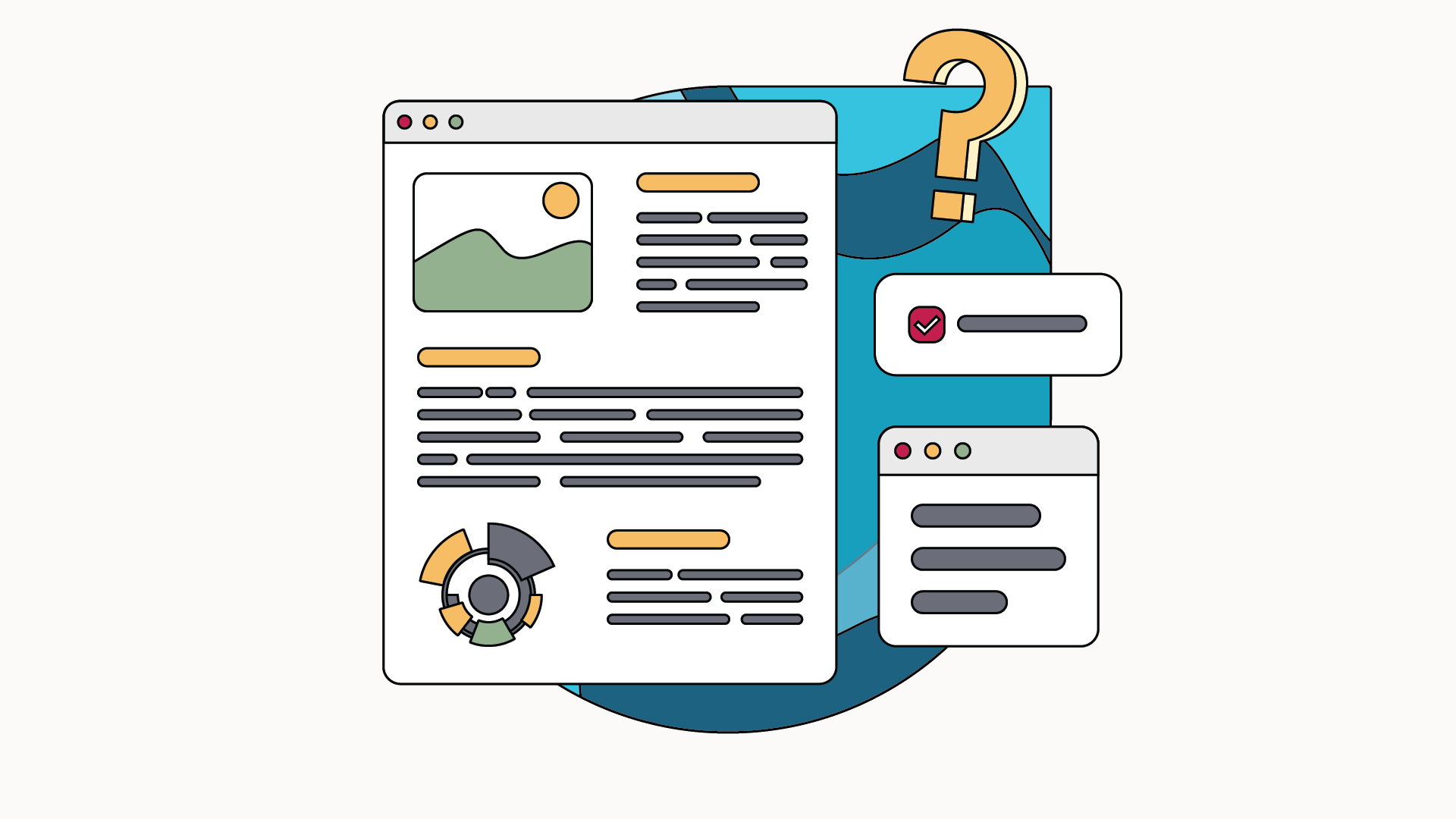Educational objectives are the description of what a learner should know and know how to do at the end of a training course, it is therefore necessary to define them well.
When you launch a training course, you are launching a new project. Whatever the project, it is impossible to start it without knowing where you want to go, in other words without having well-defined goals.
When you are going to set up your training project, you must think about your objectives, both business (for the organization) and educational (for the learners).
The different types of educational objectives
In a program ofeducational engineering, you can define several types of goals. It is important to properly frame them before the start of the training and the establishment of the program.
Strategic goals
These are the goals of the training project, the reasons why the company wants to set up a training course. Once the strategic objectives have been defined, it is possible to establish performance indicators in order to analyze the results.
The training objectives
It's about general objectives training that will serve as a basis for creating evaluations. Training goals flow from strategic goals, but are more focused on the content of the training.
Operational goals
The operational objectives concern The learner, which he will be able to do once the training is over, both in terms of know-how and interpersonal skills. Information about expectations and success indicators can be found from managers.
Educational objectives
Also called learning objectives, they allow you to Define the activities that the learner will carry out as well as the evaluation criteria. They incorporate the knowledge, skills and behaviors that trained individuals should have acquired at the end of the training.
Specific objectives
They repeat the educational objectives, but focus on a specific training unit in order to develop a very targeted capacity or skill.
How do you define educational goals?
It is essential to go into detail about the different types of objectives in order to offer a high level of pedagogical coherence to learners. To define these objectives, there are two complementary methods.
Bloom's taxonomy
La Bloom's taxonomy is a technique for helping the development of educational objectives using action verbs classified in a hierarchical manner.
- Know: the learner is able to remember information;
- Understand: the learner is able to understand the information;
- Apply: the learner is able to use information in a new way;
- Analyze: the learner is able to break down information into its essential parts;
- Synthesize: the learner is able to create something new from different pieces of information;
- Evaluate: the learner is able to judge or criticize information.
The SMART method
Used in many sectors of activity, the SMART method makes it possible to verify the viability and relevance of the educational objectives defined beforehand.
- Specific : the objective must be simple and clearly defined;
- Measurable : the objective must be quantifiable or precisely quantified;
- Achievable : the objective must be in line with the purpose of your training;
- Realistic : the objective must be defined in a pragmatic way, ensuring that the company has the necessary means to achieve it;
- Temporally defined : the objective must be limited in time.
Defining educational objectives takes time, but makes it possible to save time later with training that meets the expectations of the company and the learners. It is in reality an investment that makes it possible to develop the skills of a company.
Discover the Beedeez solution to increase skills and engage your employees!




